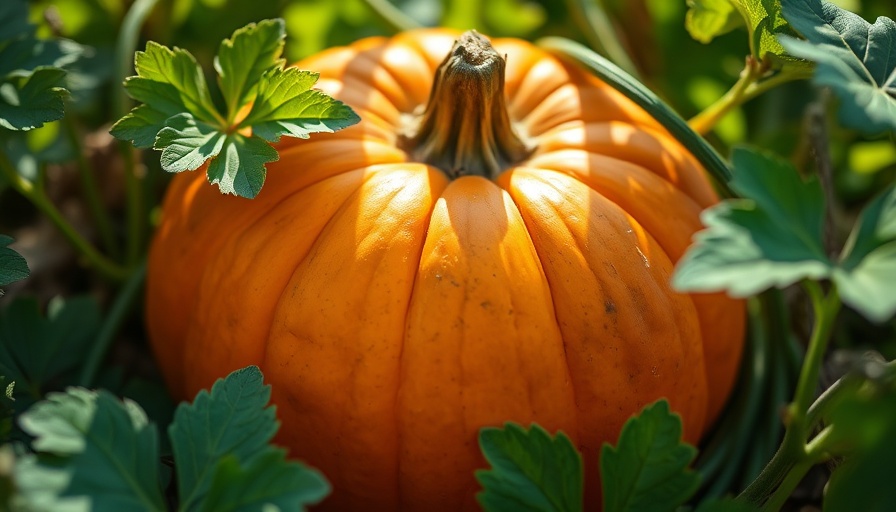
Unlock the Secret to a Fruitful Pumpkin Harvest
As summer wanes and the allure of Halloween draws near, many eager gardeners find themselves staring at their pumpkin vines with a mix of frustration and curiosity. Watching lush green leaves and vibrant flowers bloom without a single pumpkin to show for it can be disheartening, but understanding the factors at play can pave the way for a bountiful harvest. Here, we explore the primary reasons your pumpkins may be failing to produce fruit and provide actionable solutions to ensure you enjoy your own homegrown gourds.
The Pollination Puzzle: Why It's Key to Your Harvest
The most common reason behind a pumpkin plant’s inability to bear fruit lies in the pollination process. Male flowers appear first, signaling bees to gather nectar, while female flowers follow later, sporting a small swelling (the ovary) beneath the petals. If both flowers bloom simultaneously but fail to produce pumpkins, this paves the way straight to pollination issues.
Bees are *crucial* for effective pollination; without them, female flowers may simply wither away. If you notice the absence of bees in your garden, consider introducing more pollinator-friendly plants like lavender or sunflowers. These plants will create a welcoming environment and improve your chances of successful pollination next season.
Understanding Environmental Challenges: Too Hot or Too Wet?
Environmental stressors can heavily impact fruit production as well. Pumpkins prefer a Goldilocks environment—neither too hot nor overly moist. Excessive heat can lead to flower drop, while high humidity coupled with soggy soil may lead to root rot or fungal infections.
Balance is key! Ensure your pumpkin patch has adequate drainage, and consider mulching to retain moisture during hot days while preventing waterlogging, especially during heavy rains. The result? Happy plants that are more likely to thrive and produce fruit!
Watering Wisely: The Art of Moisture Management
While pumpkins require consistent moisture to grow, too much of a good thing can lead to disastrous results. Overly moist soil can cause root rot, which hampers the plant's overall health and decreases fruit production. Conversely, drought stress can cause flowers to drop prematurely.
For optimal results, implement a balanced watering schedule tailored to the climate conditions. This means adjusting your irrigation practices based on rainfall and temperature and ensuring your pumpkin plants receive about an inch of water per week.
Finding the Right Nutrient Balance: Nitrogen Matters
In your enthusiasm to nurture your pumpkins, you may have unknowingly overloaded them with nitrogen. While nitrogen promotes leafy growth, it can inhibit fruit set if it’s not balanced with sufficient phosphorus and potassium levels.
To remedy this, opt for a fertilizer designed specifically for flowering plants or look to organic options like compost. This will help create a more balanced nutrient profile, supporting both leaf development and the formation of beautiful, healthy pumpkins.
Summer Showdown: Combine Strategies for Success
Growing pumpkins is a labor of love, and understanding the interaction of pollination, environment, moisture, and nutrition is crucial for ensuring your garden flourishes. By adopting a holistic approach and monitoring each aspect of plant care, you’ll be well on your way to enjoying a rich harvest in the fall.
As we dive into the heart of the gardening season, take the time to assess your pumpkin plants. Armed with this knowledge, you can troubleshoot common issues and implement strategies that fortify your garden’s chances of success.
 Add Row
Add Row  Add
Add 




Write A Comment